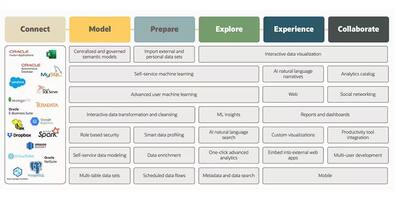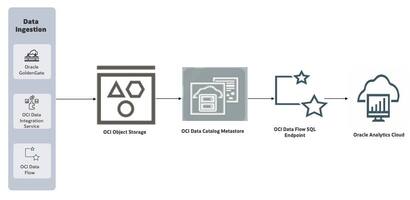
When it comes to businesses, 85% believe that productivity has increased because of greater flexibility and 77% of employees believe that WFH models reduce operating costs. Furthermore, companies that support remote work have 25% lower employee turnover (an issue that many service departments face) than those who don't. Lastly, WFH strategies allow businesses to tap a broader talent pool, hiring from beyond the confines of commutable distances.
In early 2020, nearly half of US of employees found themselves in a new working environment their homes. They set up desks, plugged in monitors, and settled in for what now feels like the long haul. And while many will go back to the office when risks abate, a Gartner survey of CFOs and finance leaders found that 74% of organizations plan to keep some of their workforce remote post-pandemic and they're not alone. Many employees and their companies are realizing the vast benefits that a flexible or work from home (WFH) policy can offer. Telework can be a win-win for both service organizations and their employees. Establishing a successful and efficient WFH strategy, however, requires rethinking the way you've always done business. Service leaders considering moving their teams remote should specifically assess internal leadership, culture, and agent resources.
Here are 5 steps to help develop a successful and productive telework strategy.




